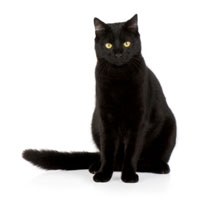vestibular disease in cats recurrence
Vestibular dysfunction is relatively common in dogs with a prevalence of 008 reported in primary veterinary care in the UK. These clinical signs usually appear suddenly often in less than an hour.
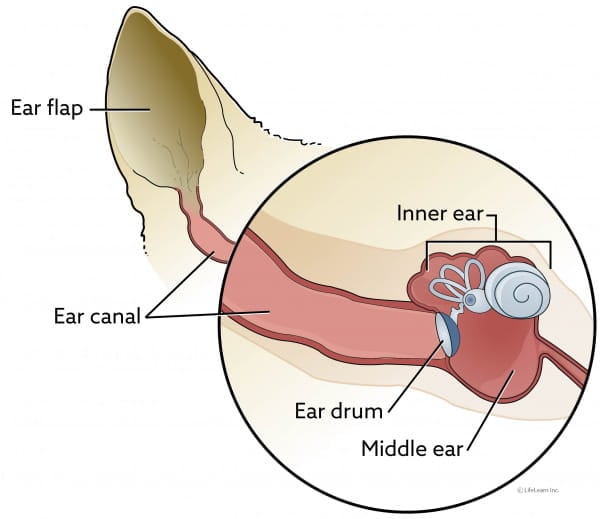
Feline Vestibular Disease Vca Animal Hospitals
Tumors of the forebrain can also cause central vestibular disease due to caudal transtentorial herniation with secondary compression of the brain stem.
:max_bytes(150000):strip_icc()/LizWaynickRVT-6043000b4d5949a7a9ce58a0a156ddeb.jpg)
. Feline vestibular syndrome itself is. Vestibular disease is a condition in which a cat suddenly develops incoordination falling or circling to one side involuntary darting of the eyes back and forth called nystagmus a head tilt and often nausea or vomiting. I want to give it to my 145 yo diabetic toy poodle with vestibular disease my vet doesnt.
Dont be shocked if your dog completely recovered and then has another episode possibly even worse than the one before though it doesnt have to be. Vestibular disease is a condition in which a cat suddenly develops incoordination falling or circling to one side involuntary darting of the eyes back and forth called nystagmus a head tilt and often nausea or vomiting. There is no evidence of inflammatory disease in affected animals.
This is an acute vestibular syndrome of cats of all ages and older dogs. It seems likely that dogs diagnosed with IVS may in fact have more than one underlying cause for these signs therefore explaining the. Old dog vestibular disease recurrence Most dogs dont experience a relapse but when they do the relapse is usually more severe than the first occurrence.
Surgical removal via a bulla os- teotomyear canal ablation has a recurrence rate of less than 1027 Vestibular signs Horner syndrome and facial nerve paresis which are usually transient can occur as sequelae of surgical polypectomy19 Canine and feline idiopathic peripheral vestibular disease. Both dogs and cats have signs of peripheral vestibular involvement. Vestibular disease in cats is a condition in which a cat suddenly develops incoordination falling or circling to one side involuntary darting of the eyes back and forth nystagmus a head tilt and often nausea or vomiting.
Old dog vestibular disease recurrence. Mike Richards DVM 1232001 Peripheral vestibular syndrome in golden retriever. When the vestibular tissue becomes inflamed this impairs the dogs balance logic which causes the dog to tilt its head walk in an awkward manner or lose the ability to walk altogether.
These clinical signs usually appear suddenly many times in less than an hour. The vestibular system is located in two areas. These clinical signs usually appear suddenly often in.
Any dog who has had an episode of vestibular disease symptoms is likely to have one again. Many conditions can cause the disease and the vast majority of cases are diagnosed. A study evaluating vestibular disease in cats Negrin et al 2010 showed that a significant proportion of cats with idiopathic disease presented with an acute onset of the clinical signs but unlike dogs these signs progressed over the initial two to three weeks.
In one study 80 of affected cats in the USA were diagnosed in the months of July and August. Bacterial and fungal infection Inflammatory diseases Tumors Nasopharyngeal polyps Cancer Head trauma Allergic reactions to medication. Most cats still made a.
Top best answers to the question Can vestibular disease in dogs reoccur Answered by Lillian Schmidt on Wed Apr 28 2021 1112 AM. Peripherally outside the brain in the inner ear and centrally inside the brain in the brainstem and cerebellum. Viral Papillomas of Dogs.
Cats with vestibular disease may experience other symptoms based. There are some other causes of vestibular disease and if any signs of this problem persist beyond three weeks it would be best to have Ziggy rechecked by your vet. Vestibular syndrome in cats is a set of clinical symptoms that can arise suddenly caused by alterations to the vestibular system.
Cats affected by vestibular disease tend to fall to one side tilt their heads and experience unintentional eye movement. Bulla radiographs were taken to evaluate possible evidence of the most common cause of peripheral vestibular disease in dogs and cats. The causes of vestibular disease in cats include but are not limited to.
Feline vestibular syndrome is a condition that affects the nervous system and causes a lack of coordination in cats. The condition often manifests suddenly. The vestibular apparatus is the neurological equipment responsible for perceiving ones bodys orientation relative to the earth determining if you are upside-down standing up straight falling etc.
CAUSES OF PERIPHERAL VESTIBULAR DISEASE. This can result in among other things imbalance and loss of motor skills. The odds are high that wont be necessary though.
Idiopathic Vestibular Syndrome Idiopathic vestibular syndrome is a common cause of peripheral vestibular disease particularly in dogs. Idiopathic vestibular disease often has a rapid onset but most cats start getting better over the following seven to ten days gaining full recovery within weeks. Shar-Pei Recurrent Fever Syndrome.
Vestibular disease is a disease that can affect cats of all ages. Relapse of vestibular neuritis is rare 19 but benign paroxysmal positional vertigo Ménières disease and vestibular migraine will often recur with an approximate prevalence of 3050 4579 and up to 81 respectively 3133. Older dogs are more likely to have recurrences.
This is a new vet who took over the practice when our. The most common tumours to cause central vestibular disease in cats are meningiomas and lymphomas located at the cerebello-medullary pontine angle. While idiopathic vestibular disease can recur in dogs after initial improvement it is less common than with strokes and the interval between episodes is typically longer with idiopathic vestibular disease months or more.
However some continue to suffer residual effects for life such as a slight wobble or head tilt. While idiopathic vestibular disease can recur in dogs after initial improvement it is less common than with strokes and the interval between episodes is typically longer with idiopathic vestibular disease months or more versus strokes days to weeks or more. Vestibular Disease in Dogs and Cats.
Vestibular neuritis Canine idiopathic peripheral. Another factor to consider is recurrence of clinical signs. There are several studies investigating how to differentiate between peripheral and central vestibular disease but only limited information regarding the possible underlying causes for peripheral vestibular dysfunction in dogs.
Symptoms of Vestibular Disease in Cats Uncoordinated gait Circling to one side Head tilt Rapid eye movement Loss of appetite Nauseavomiting.

Vestibular Disease In Pets Bush Veterinary Neurology Service

Symptoms Causes And Treatment For Stroke In Cats Petmd
:max_bytes(150000):strip_icc()/LizWaynickRVT-6043000b4d5949a7a9ce58a0a156ddeb.jpg)
How To Treat Vestibular Disease In Cats

Feline Geriatric Vestibular Syndrome Lovetoknow

List Of Cat Diseases And Symptoms Lovetoknow
/SiameseKittne-2440126fcf5f4fd7a8a90ae65a47d780.jpg)
How To Treat Vestibular Disease In Cats

Old Dog Syndrome Vestibular Disease In Dogs Hill S Pet
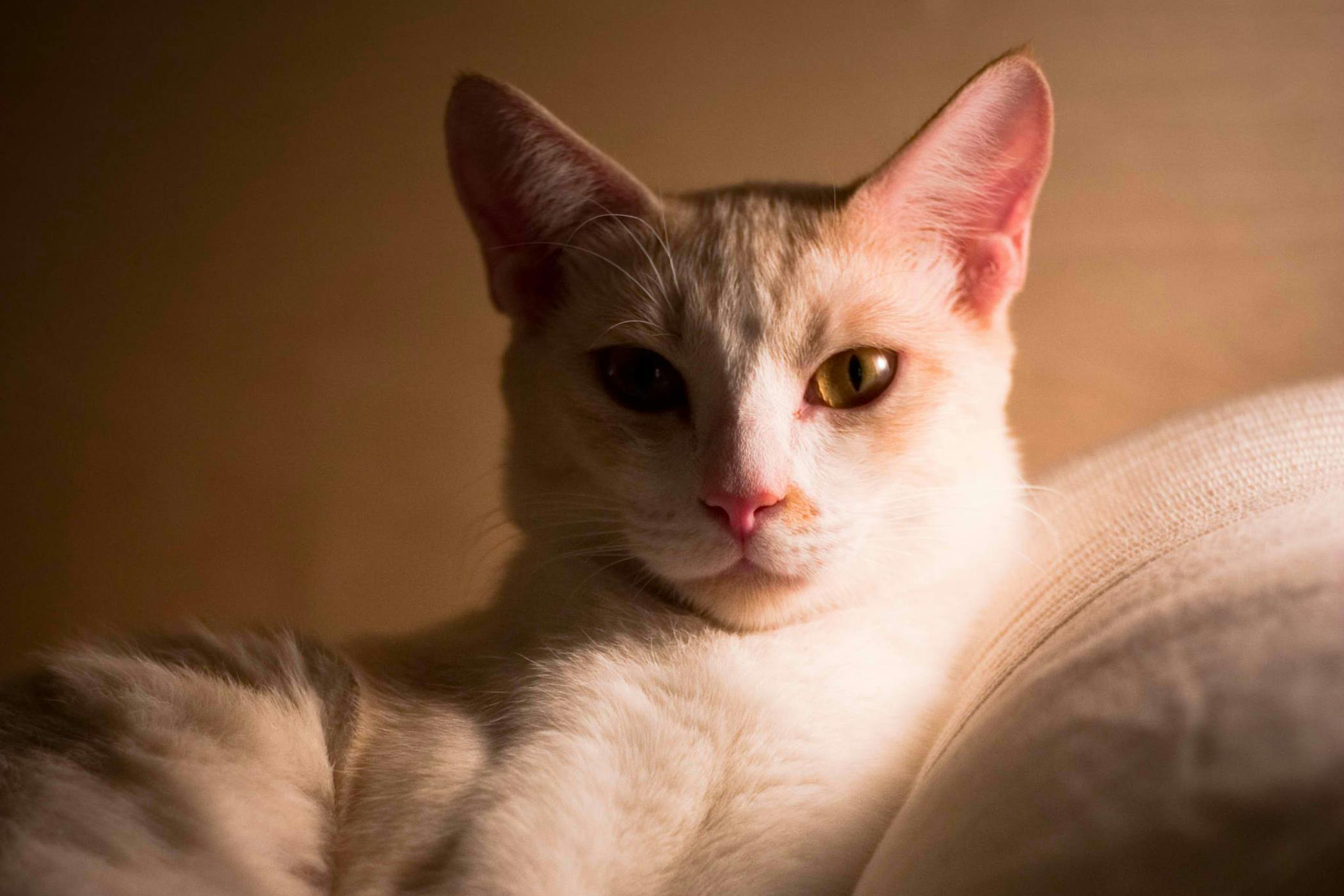
Vestibular Disease In Cats Symptoms Causes Diagnosis Treatment Recovery Management Cost

Feline Geriatric Vestibular Syndrome Lovetoknow
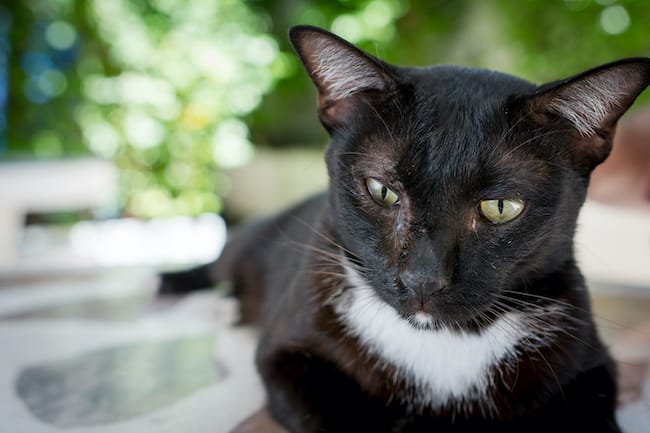
Vestibular Syndrome Lap Of Love

Vestibular Syndrome Lap Of Love

Feline Geriatric Vestibular Syndrome Lovetoknow

About Vestibular Disease In Cats Carolina Veterinary Specialists Winston Salem Vet
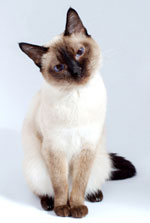
Vestibular Disease In Cats Vca Animal Hospital

